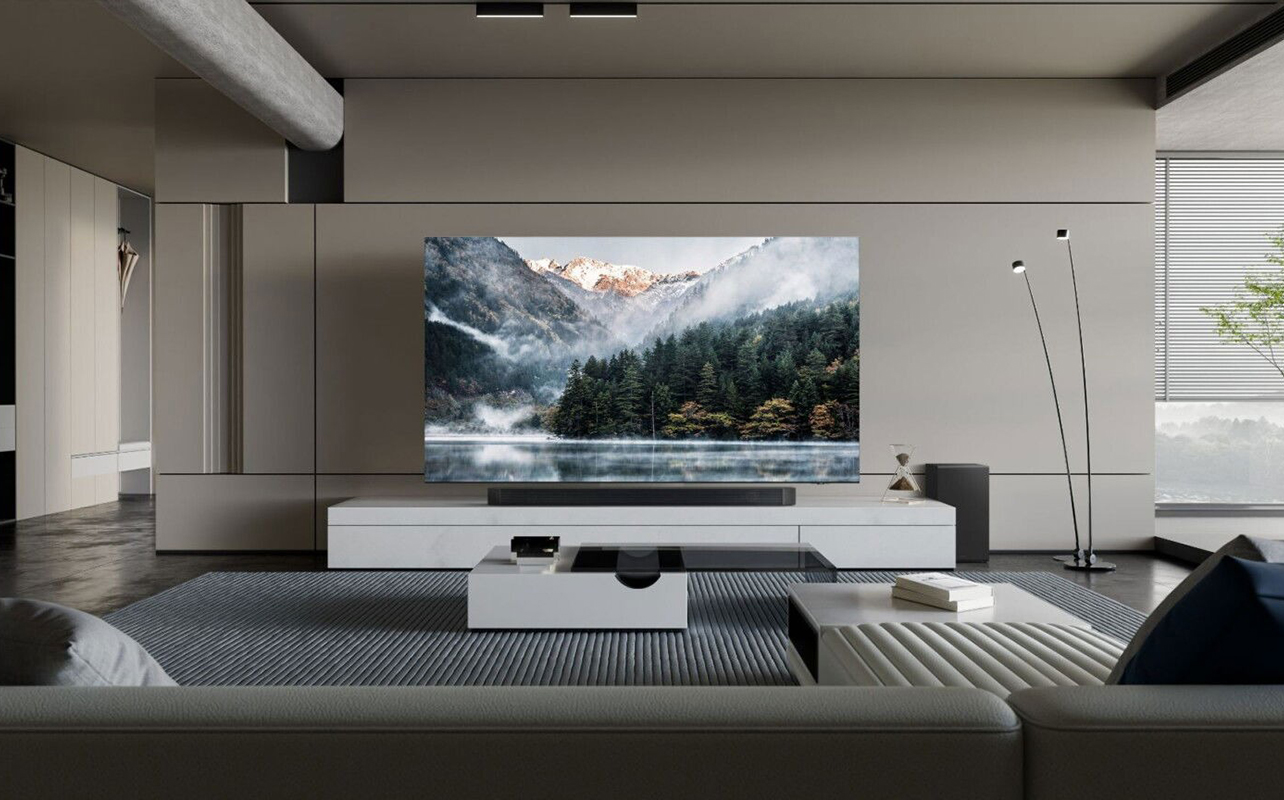
QLED TVs are popular for their bright and colourful pictures with great contrast. If you’re planning to get one, this TV tech guide is for you. We’ll help you not only understand what QLED is, but also talk about how the technology works. We’ll run through its key benefits, and potential drawbacks, addressing the differences between QLED, OLED, and other TV technologies.
By the end, you’ll be armed with everything you need to know about QLED TV technology to help you determine if a QLED TV is the right one for your home.
What is QLED and how does it work?
You might already know that LED stands for Light-Emitting Diode. LED TVs are a type of LCD (liquid crystal display) that use LED backlights instead of the older CCFL (cold cathode fluorescent lamp) backlights. This change allows for brighter, more energy-efficient screens with improved picture quality overall.
What does the “Q” stand for in QLED? This references Quantum dot technology, the magic sauce, so to speak. Consisting of nanocrystals that produce different colours of light, it’s an extra layer between the backlight and panel that allows for ultra-precise colour reproduction. The result is more accurate, true-to-life, vibrant pictures than what you’d get with a traditional LED TV that emits a white backlight through colour filters.
Because the semiconductors that make up the nanocrystals emit specific colours based on the size (larger are more reds, smaller more greens), you get a wider colour gamut and more accurate colours, overall.

With OLED TVs, another popular TV technology known for accurate and vibrant colour reproduction, individual pixels emit light. They ensure fantastic black levels that are typically better than what you’d get with a QLED TV, along with improved contrast. But you usually get better peak brightness with QLED TVs thanks to that quantum dot set-up.
Which type of TV suits your home? Read more about the different types of TV technology.
Key benefits of QLED TVs
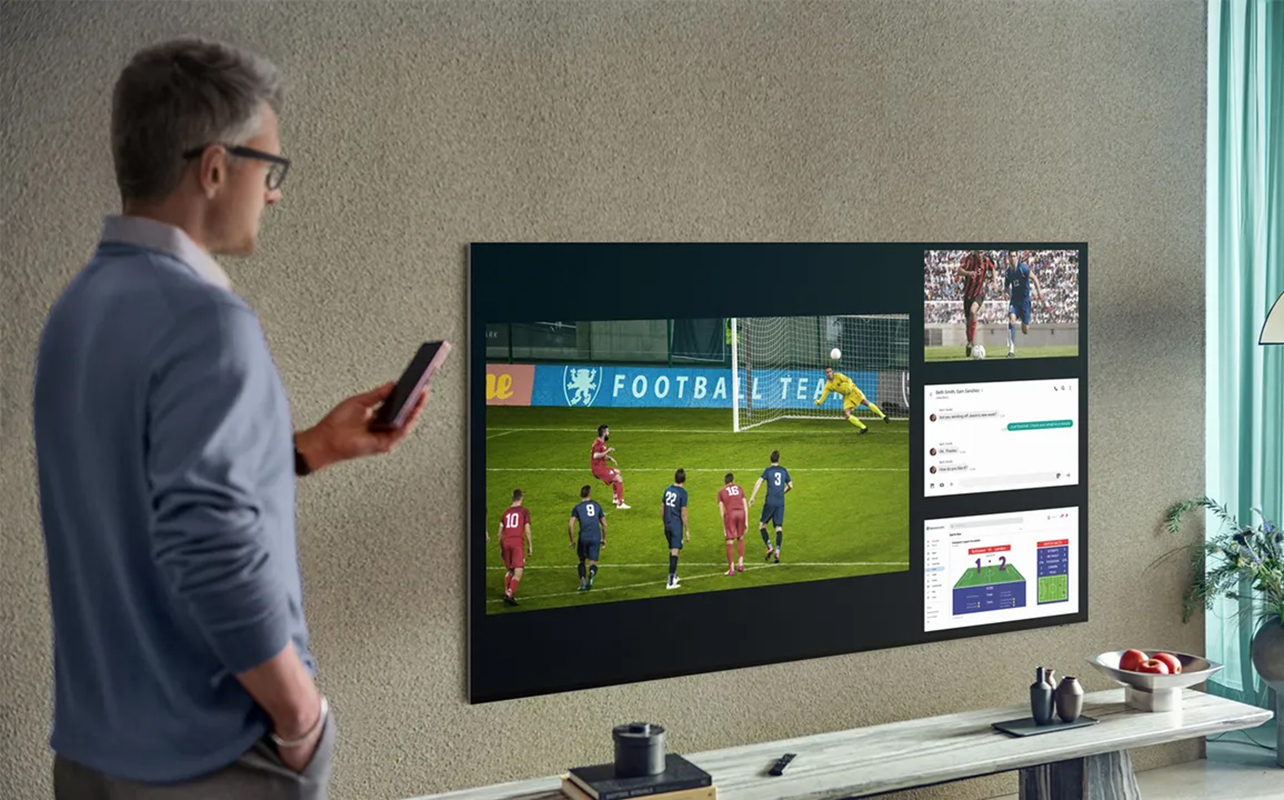
To reiterate, here are some key benefits with QLED TVs.
High brightness, even in well-lit rooms: It’s ideal for living rooms or other rooms that get a lot of natural light during the day, maintaining a clear and vibrant image regardless of ambient lighting.
Vibrant colour performance: Thanks to quantum dot technology, you get a wider range of colours, resulting in a vibrant and lifelike picture.
Wide range of sizes and prices: QLED TVs are available for a wide range of price points and varying screen sizes. They are generally less expensive than OLED TVs.
No risk of burn-in: Burn-in is when a persistent image, like a TV network logo at the bottom corner of a screen, can remain visible even while there’s other content on the screen. This issue can occur with OLED TVs but there’s no risk for QLED TVs.
Great for sports, news, and bright content: Content with bright, contrasting colours like sporting events and video games are displayed beautifully on a QLED TV.
Potential drawbacks to consider
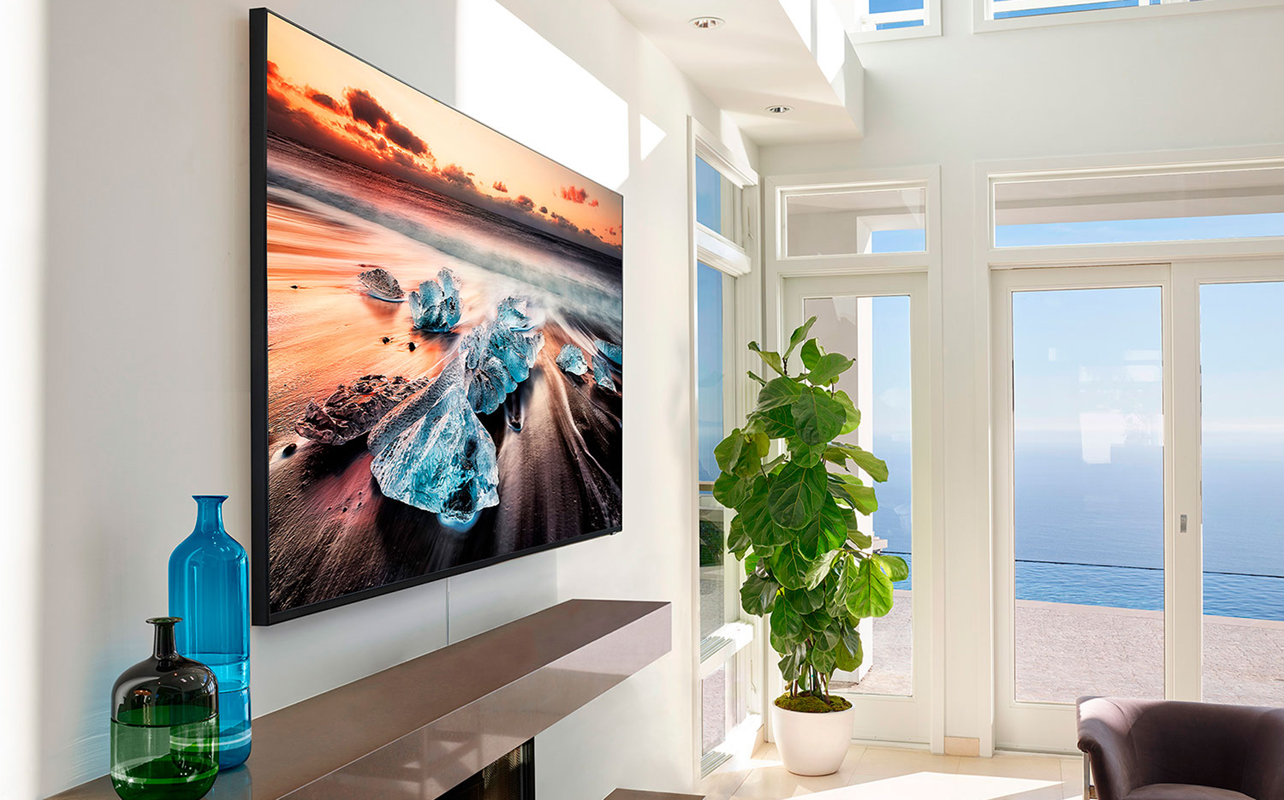
There are some things to consider when deciding on a QLED TV over an OLED TV.
Less precise black levels than OLED: Because of the backlighting method used, you will get less precise black levels than with an OLED. You’ll notice this more with darker or night-time scenes in dramas and action films—or when viewing any type of content with a lot of contrasting blacks and colours.
Viewing angles can vary: Especially when it comes to non-premium models, viewing angles might be limited to “sweet spots,” front and centre with the screen. You may not get as good of a view when sitting off-axis.
Some models still use edge lighting instead of full-array: Edge-lit QLED TVs have LED lights only around the edges of the screen while full-array have them across the entire back panel. You’ll get better picture quality, including contrast and black level, with full-array models that afford the ability to dim different zones of LEDs independently.
What is the difference between OLED, QLED, and other TV technologies?
Here’s a quick comparison of OLED, QLED, and other TV technologies.
| TV Type | Pros | Cons |
| OLED | Superior picture quality, deep blacks | Pixels can degrade over time, potential for burn-in, expensive |
| QLED | Very bright colours, available in many sizes, price points, great for well-lit rooms | Relies on backlighting, potential for light blooming, not as deep blacks |
| MiniLED | Excellent contrast, deep blacks, good local dimming, great for dark-room movie viewing | Can be expensive, not self-emissive, limited availability (for now) |
| LED | Affordable, widely available, many sizes and price points, energy efficient | Less vibrant colours, limited contrast and brightness for darker scenes |
| MicroLED | Great picture quality, increased brightness, power efficient, longer lifespan | Very expensive with limited availability (for now) |
You can dive into more detail with our comparison guides, like QLED vs, MiniLED to OLED vs. QLED.
Is QLED right for you?
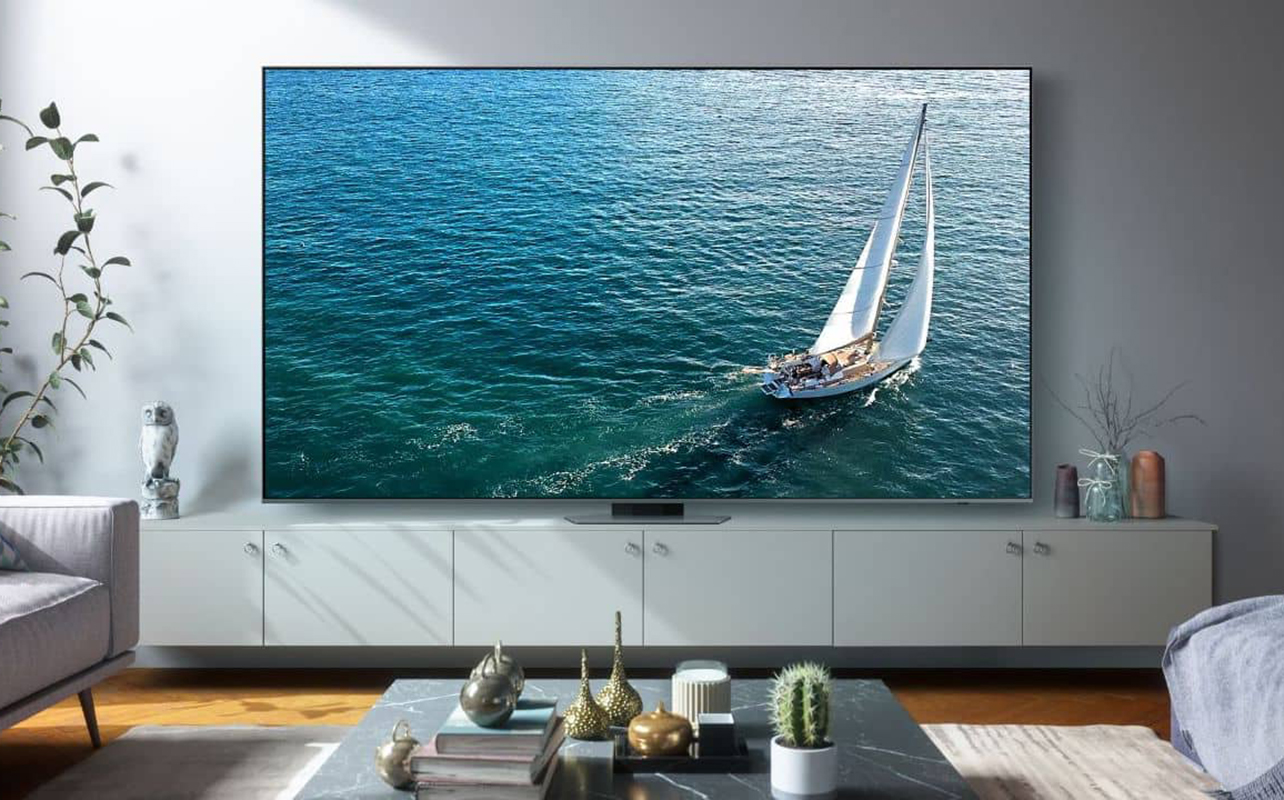
Should you go with a QLED TV or opt for something different? QLED TVs are like the Goldilocks option on the market right now. You might not get as superior a picture as you would with OLED TVs, but you’ll get improvements over a traditional LED TV. While there are emerging technologies like MiniLED and MicroLED TVs, QLED TVs are available from many brands like Samsung, TCL, and Hisense. They are also relatively affordable and come in all types of sizes, from smaller ones for the bedroom to massive ones for the living room or home theatre.
They are ideal for bright rooms, like the living room, and for families or individuals watching content like sports, TV shows, and movies, as well as gaming. If you’re looking for a TV for a darker room for content like movies where black levels are of the utmost importance, you might want to go with an OLED TV instead.
Common questions about QLED TVs
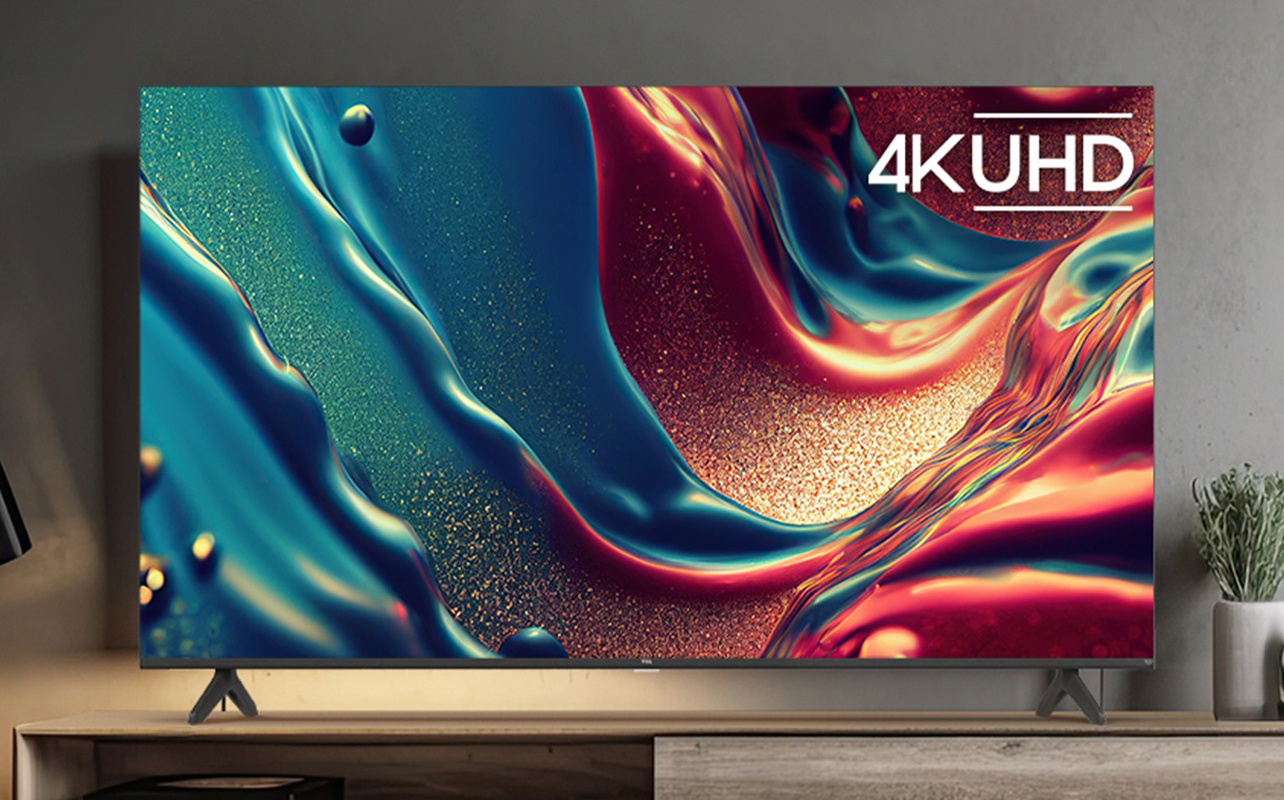
1. Is QLED better than OLED?
QLED has its advantages over OLED, including longer lifespan and no risk of burn-in. The most premium QLED TVs offer fantastic picture quality at affordable price points and a wide range of sizes. QLED excels when it comes to brighter scenes and vivid colours while OLED is better for deeper black level and off-axis viewing. If you want the best picture possible, you might prefer OLED. But QLED is a fantastic option as well at a usually lower price point.
2. Do QLED TVs last longer than OLED?
Yes, they generally have a longer lifespan. This is because they don’t suffer from burn-in, which can result in an unpleasant permanent image shadow from a logo or ticker that impacts the viewing experience. With proper care, however, an OLED TV can last a long time, too. Generally, a QLED TV should last anywhere from seven to 10 years, depending on usage. With that said, the newest OLEDs have longer lifespans, too, and you’ll get many years of enjoyment out of either technology.
3. Are QLED TVs good for gaming?
Yes! With vibrant colours, fantastic colour reproduction, and plenty of connectivity options, a QLED TV is a fantastic option for gaming. Make sure to look for one that has a high refresh rate (at least 120Hz for most). Many QLED TVs even have dedicated game modes to beef up the features you’ll need for gaming, like latency.
4. Do QLED TVs have burn-in issues?
It’s technically possible but it’s far less likely to run into a burn-in issue with a QLED TV than it is with an OLED TV. Burn-in is not an issue you have to worry about with QLED TVs. Brands like Samsung assure that its QLED TVs are burn-in free.
5. Can QLED TVs display 4K or 8K content?
QLED can produce both 4K and 8K content, depending on the model. Brands like Samsung have introduced large-sized 8K QLED TVs alongside its OLED TVs. Note that 8K content is limited for now. But these TVs can also enhance 4K and especially HD content to offer an improved picture. Opting for an 8K model would future-proof your purchase for whenever 8K content becomes mainstream. But based on content availability now, you’re fine opting for a 4K model.
QLED might just be for you
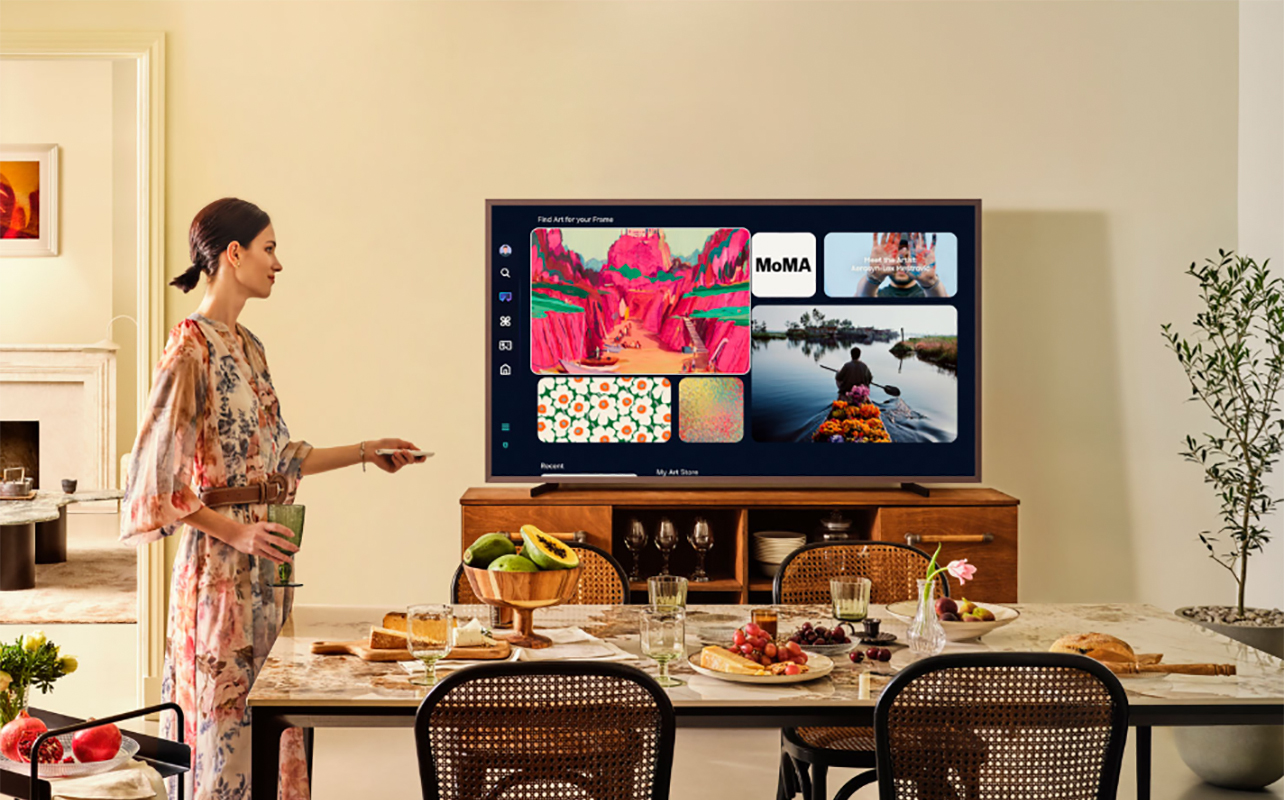
QLED TVs are a great option for families and casual streamers looking for a fantastic, large (or small) sized TV for the home at an affordable price. They offer great picture quality with vibrant colours, making them ideal for even brightly lit rooms. Excelling with content like sports, TV shows, video games, animated movies, and more, a 4K QLED TV offers some of the best value you can get right now for a new TV.
Ready to upgrade? Check out our wide selection of QLED TVs at Best Buy Canada.





